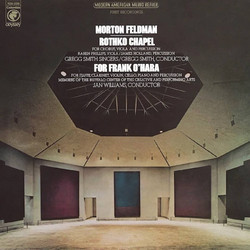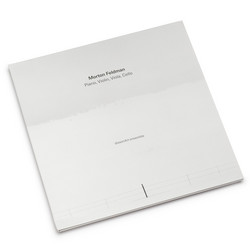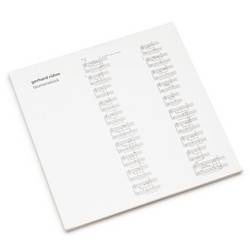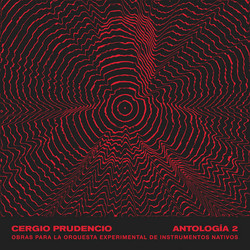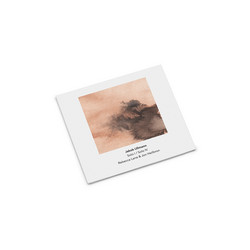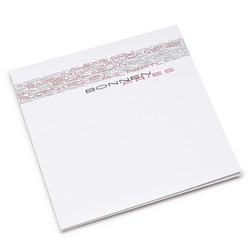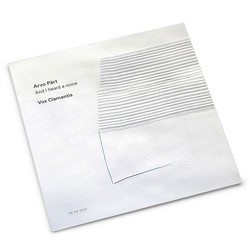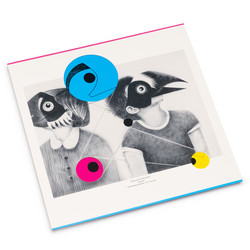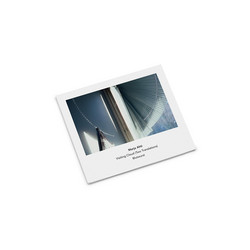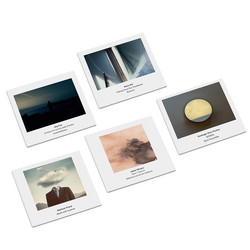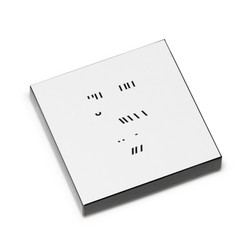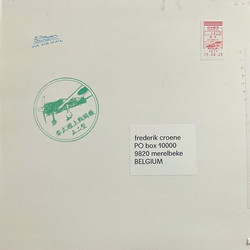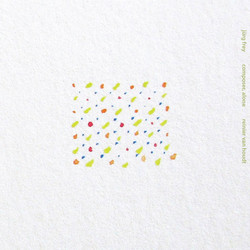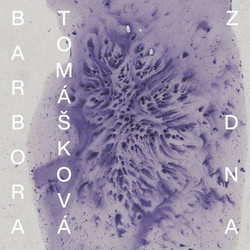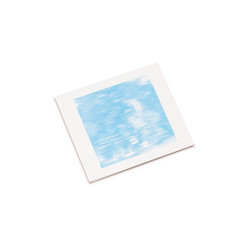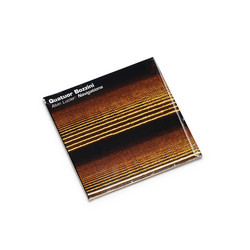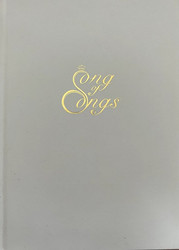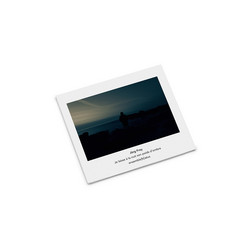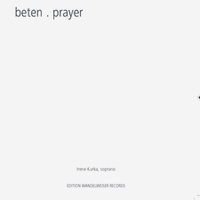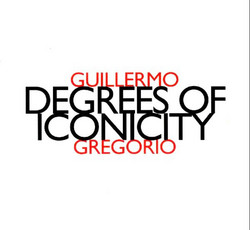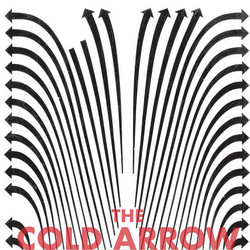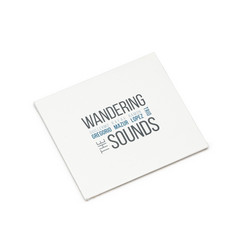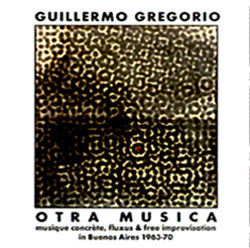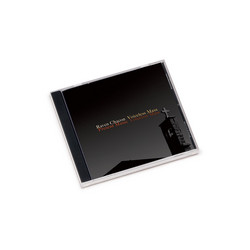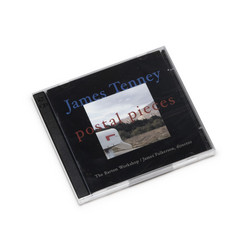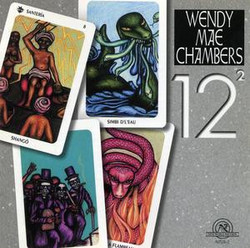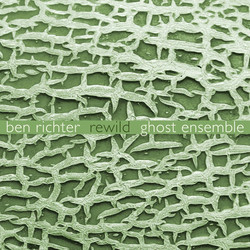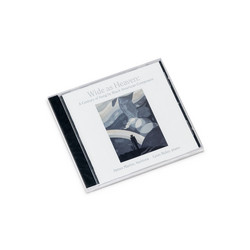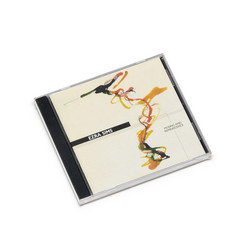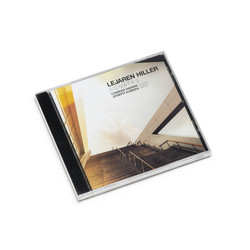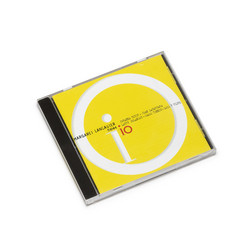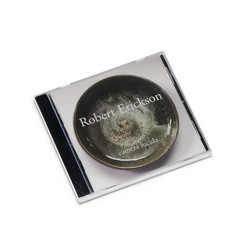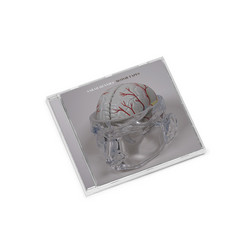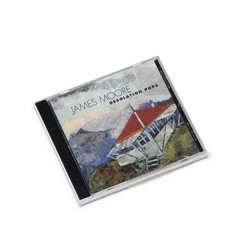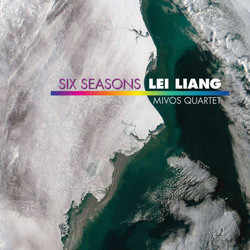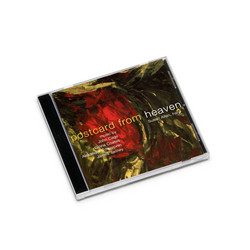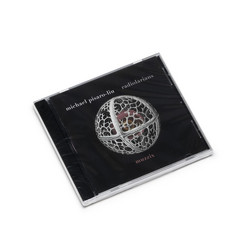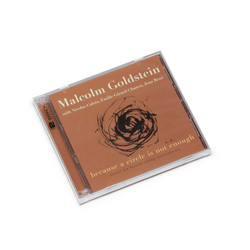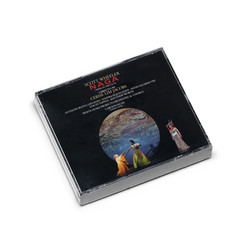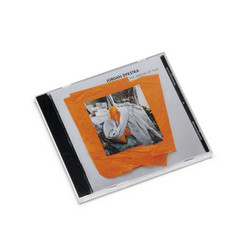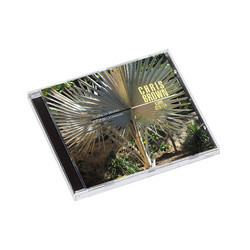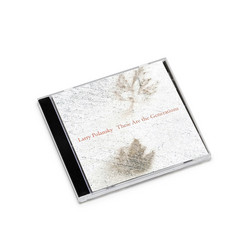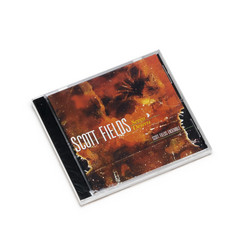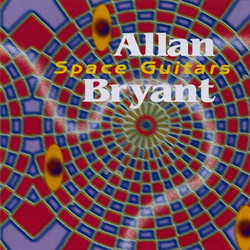Guillermo Gregorio (b. 1941, Buenos Aires) is an Argentine composer, clarinetist, and saxophonist whose career bridges avant-garde music, visual art, and architecture. Active on the Argentine experimental scene from the 1960s through the early 1980s, he was a key member of groups like Movimiento Música Más (a Fluxus collective), the Experimental Group of Buenos Aires, and the Group of Contemporary Music of La Plata, engaging in Fluxus events, multimedia spectacles, and experimental concerts.
Gregorio’s work is deeply informed by his background in architecture and design, and by his enduring interest in Constructivism and Concrete Art-particularly the Argentine Madi movement. In his compositions, he reinterprets the structural ideas of Constructivism, blending them with Argentine conceptualism, Fluxus, intermedia synthesis, elements of serialism, and graphic notation. His scores range from conventional notation to graphic systems and planimetric projections of spatial structures, often using sound as material shaped by geometric and constructive principles.
After relocating to Europe in the mid-1980s, Gregorio worked in Vienna with Franz Koglmann before settling in the United States, first in Chicago (where he founded the Madi Ensemble in 2001) and later in New York . His music frequently explores the intersection of visual and musical experience, as seen in series like "Madi Pieces" and "Coplanars," and he has exhibited his scores internationally. Gregorio has also taught architecture, design, and art history at universities in Argentina and the US, and has published widely on avant-garde music and art.
Gregorio’s approach, as he describes it, is to situate his work within “new music”-a field he values for its openness and structural inventiveness. While his music may include improvisation, it is fundamentally composed, with structure emerging in shifting forms that reflect influences from East European constructivists, the Madi and Concrete Art movements, and the broader history of experimental music.

